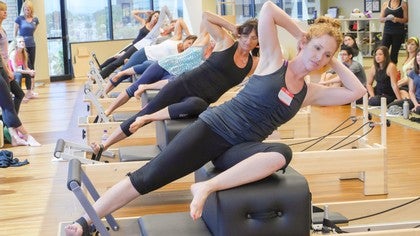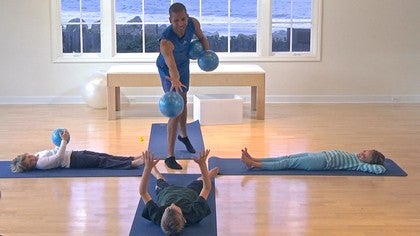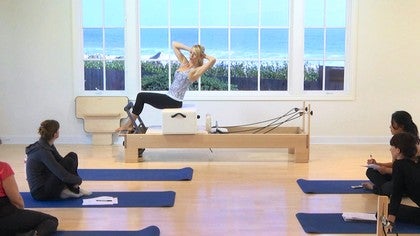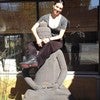Premium Continuing Education workshop
You can view a 2 minute preview. For details, scroll down below the video.
Description
Objectives
- Learn the specific areas men need to work to have proportionate muscular development
- Learn exercises on 6 pieces of apparatus that are beneficial for men
- Learn the restrictions and challenges men have compared to those of women
- Learn what kinds of exercises will appeal to men
Watch Rael's Mat Workout for Men to get ideas of how you can design a class that would be great for men.
About This Video
Continuing Education Credits
If you complete this workshop, you will earn:
3.0 credits from National Pilates Certification Program (NPCP)
The National Pilates Certification Program is accredited by the National Commission for Certifying Agencies (NCCA)
Workshops: Special Populations
Comments
How important it is to make sure we can differentiate the differences on each body and make men understand they have a place in Pilates. Would love to be able to make them understand that they deserve (and need) that place!
You need to be a subscriber to post a comment.
Please Log In or Create an Account to start your free trial.






















